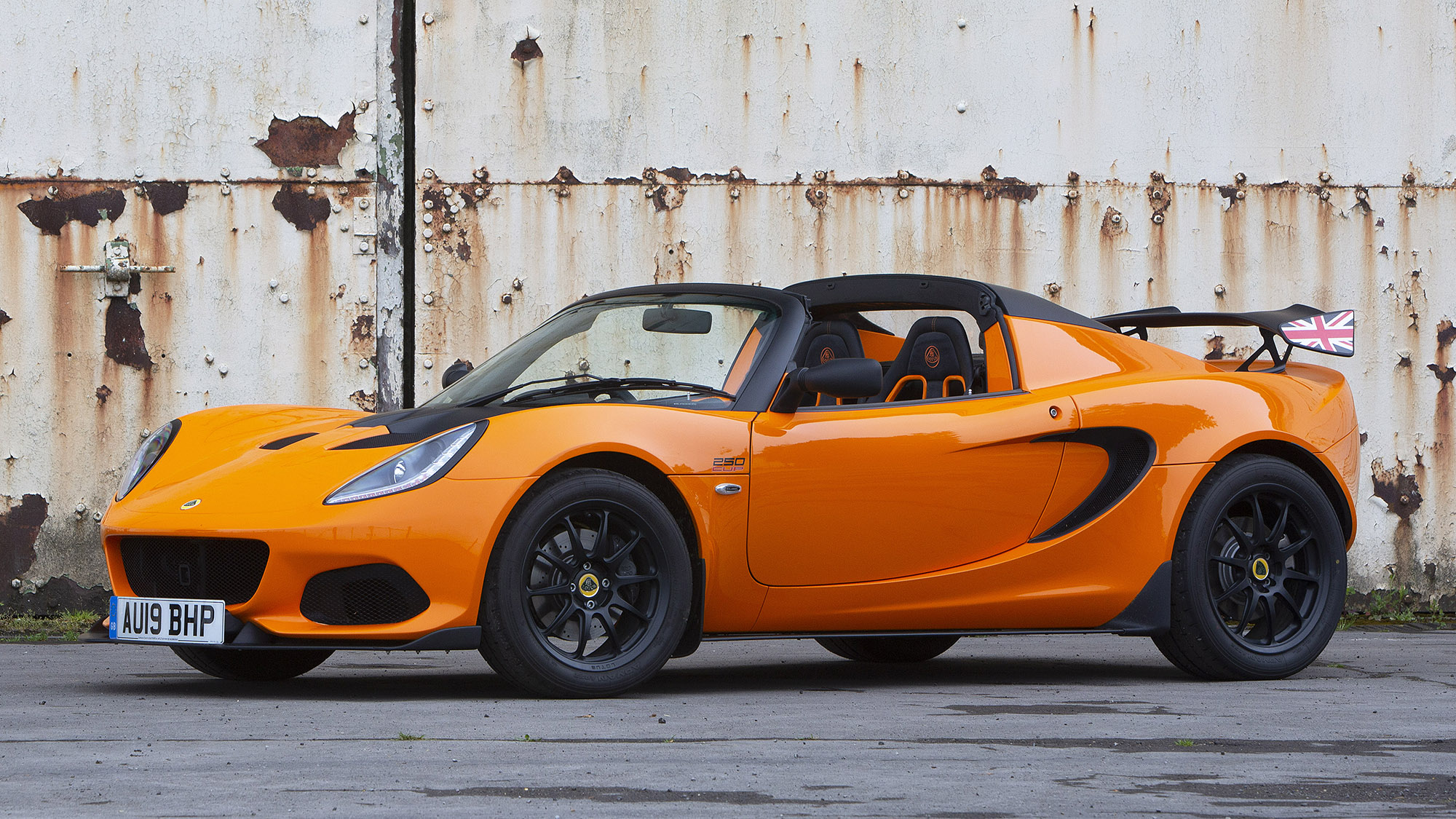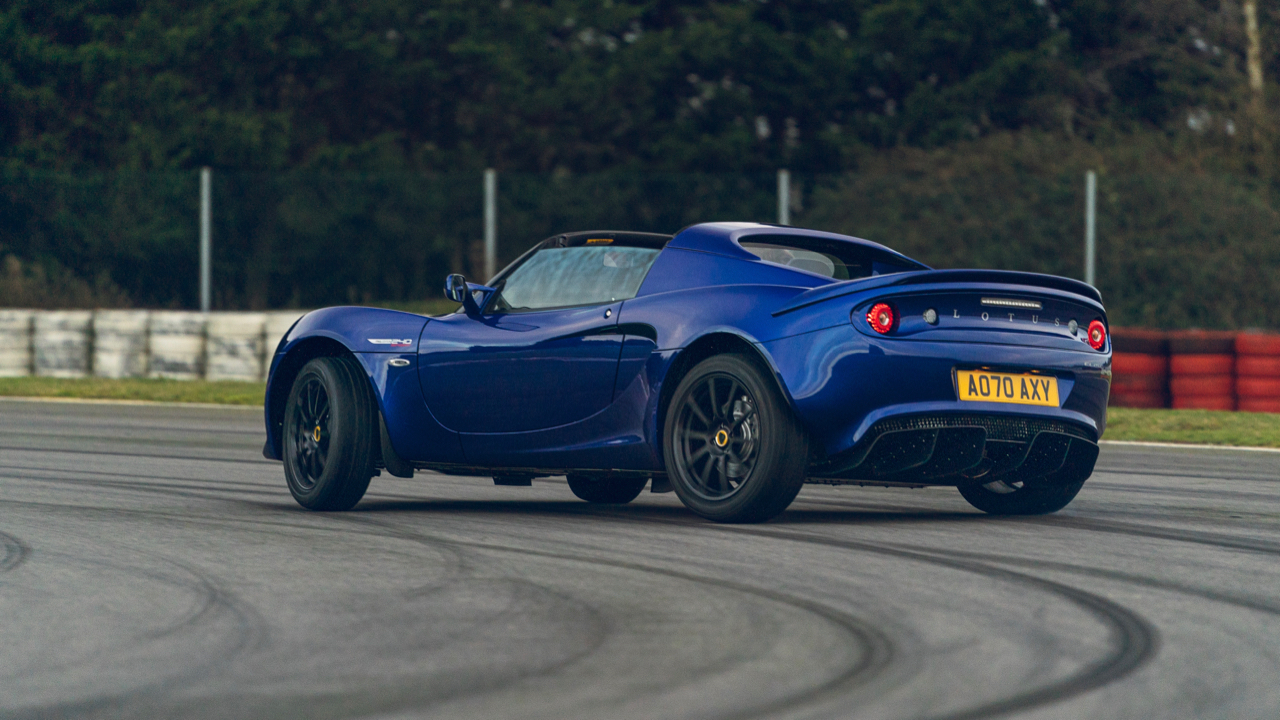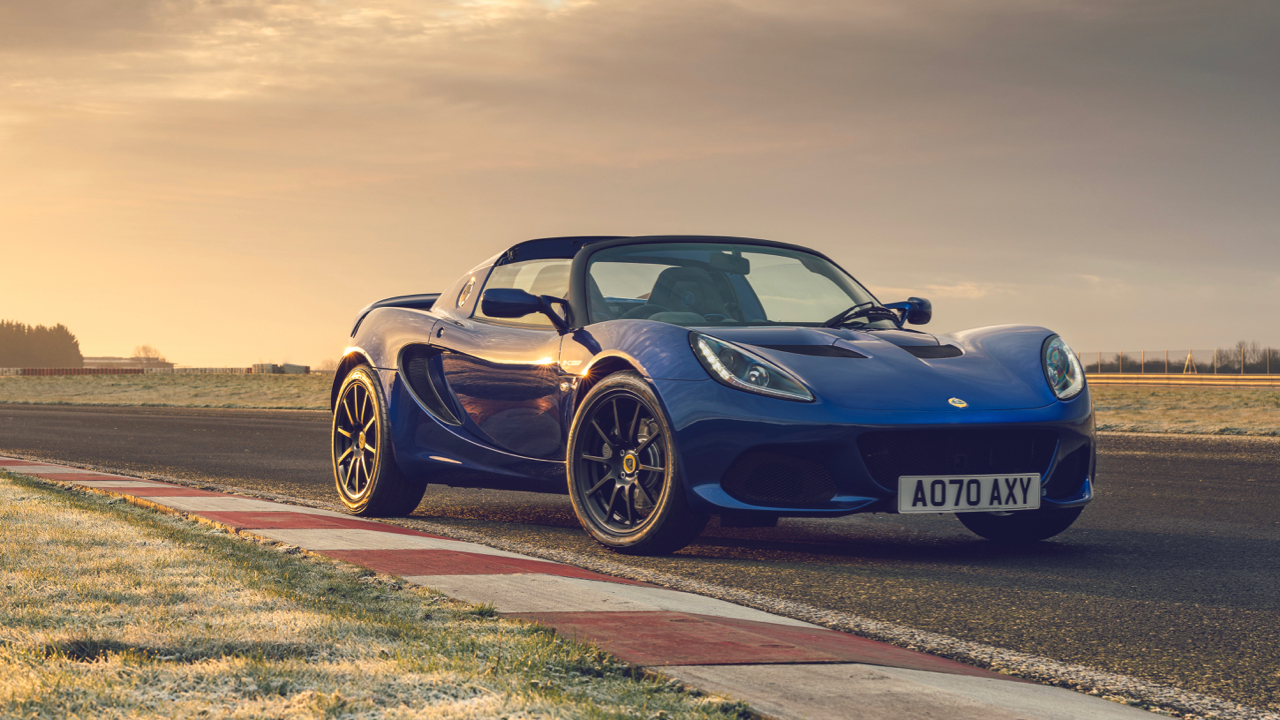
Lotus Elise review
Driving
What is it like to drive?
This, more than anything, is why Lotus is still a household name instead of a Wikipedia article written entirely in the past tense. When road testers start banging on about concepts like purity, communication and balance, chances are they’re never more than a few words away from mentioning Lotus – even if they’re talking about another car entirely. And that’s one of the things that’s right in this world – steering, braking and cornering is pretty much Lotus’s whole deal. The good news is that they’re preternaturally good at it.
The Elise benefits from Lotus’s famous maxim about lightness (for anyone counting, that’s the second time we’ve mentioned it), with benefits flowing out to every fact of the drive. Because it’s light, 245bhp and 184lb ft are enough to dip below four seconds in a nought to 60 dash. Because it’s light, narrow 175- and 195-section tyres are all you need to slingshot around any given corner. Because it’s light, its brakes don’t have to be the size of Kanye West’s ego just to stop the thing.
Yes, the brakes are by AP Racing, a company that turns slowing down into an art form, and something you look forward to, rather than despise. But that’s for nought if you’ve brought a saucer to a dinner plate fight and you’re trying to slow a steroidal SUV at puckering distance from a fast-approaching corner.
The genius of the Lotus starts with light weight, but it doesn’t end there. The engineers up in deepest Norfork certainly know their trade; even as the years have streaked by and the zeitgeist for sports cars has become ‘complicate and add horsepower’, Lotus has managed to retain what really matters when you’re driving just for the fun of it.
And that’s really what Lotus’s core motivation seems to be: connection between car, driver and road by eliminating distractions. Yes, the Elise is fast by almost any standard you care to mention, but that’s not its defining characteristic. That, in fact, is the point entirely – no one part of the car should overwhelm any other. There’s such an inherent balance, an immediate and constant feeling of harmony between components that makes an Elise inviting and comfortable within minutes, even for a novice. There’s an unmistakable feeling of being the central point that the car pivots around, faultlessly neutral and reactive.
Regardless of spec, you’ll find clutches that engage positively and without stuttering or jerkiness, so you can focus on the exquisite gearshift without making mental allowances for the clutch’s throw or bite point. The gearbox itself – especially with its beautiful exposed linkages – is unfailingly precise and relishes the fast, cathartic shifts you’ll employ the second you clear traffic or town speed limits. Bang them home as hard as you want; after all, Lotus’s advice is to “not be gentle with the gearbox; if you want a gear, get the gear”.
Experience the unassisted steering on offer in the Elise and you’ll understand why Alfa chose to do without power steering in the 4C. Without involvement from hydraulics or electricity, there’s a wholly direct feel as you tell the front wheels what to do and they tell you what’s going on. Power steering was invented for trucks, after all.
And it’s not as heavy as you think – if you possess the upper-body strength to do even a single push-up, you’ll master even low-speed manoeuvring without resorting to valet parking or creative new combinations of four-letter words. It’s no good pulling the power-steering pump out of your current car, to get the same effect, however – if it’s not set up for manual steering, all you’ll get is an arm workout for the ages. Where the Lotus gets the balance right is by keeping the total weight down, putting the engine in the mid-rear position, and certain types of magic presumably only found in Norfolk. Possibly with the help of wicker men.
One last thought. You can have your Elise with the word 'Cup' after it. This would be unwise. Cup means harder, sharper, trackier. And really where the Elisse excels is in the flow, the deft way it flits along B-roads. It's why 118bhp was enough back in 1996, and why a Sport 220 or Sport 240 Final Edition is still all you need today.
Featured

Trending this week
- Car Review
BMW iX3






